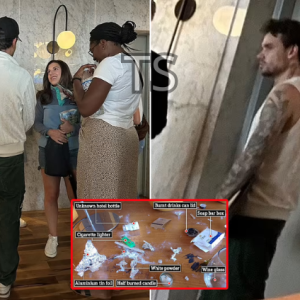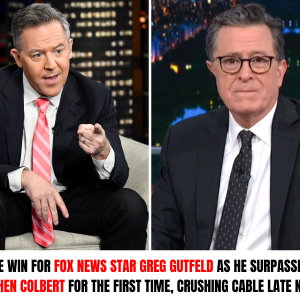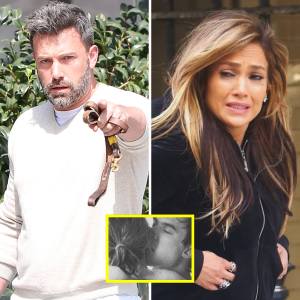Delivering a boxing epic depends on more than just the union of two of the best boxers on the planet. It requires a pair of heroes to deliver more than what we watch with mere human rights expect. Enter Derek Chisora and Joy Joyce.
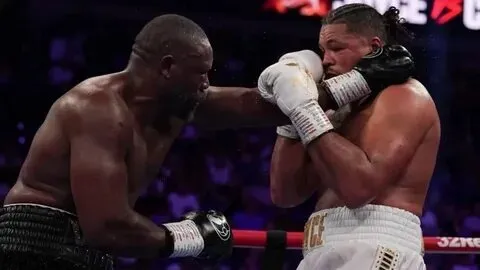
‘Is this the Fight of the Year?’ a naive, innocent man asked his promoter on Saturday night. Wrong question. Although close to the answer the promoter gave for the Fight of the Century. ‘I’ve never seen anything like it,’ said Frank Warren.
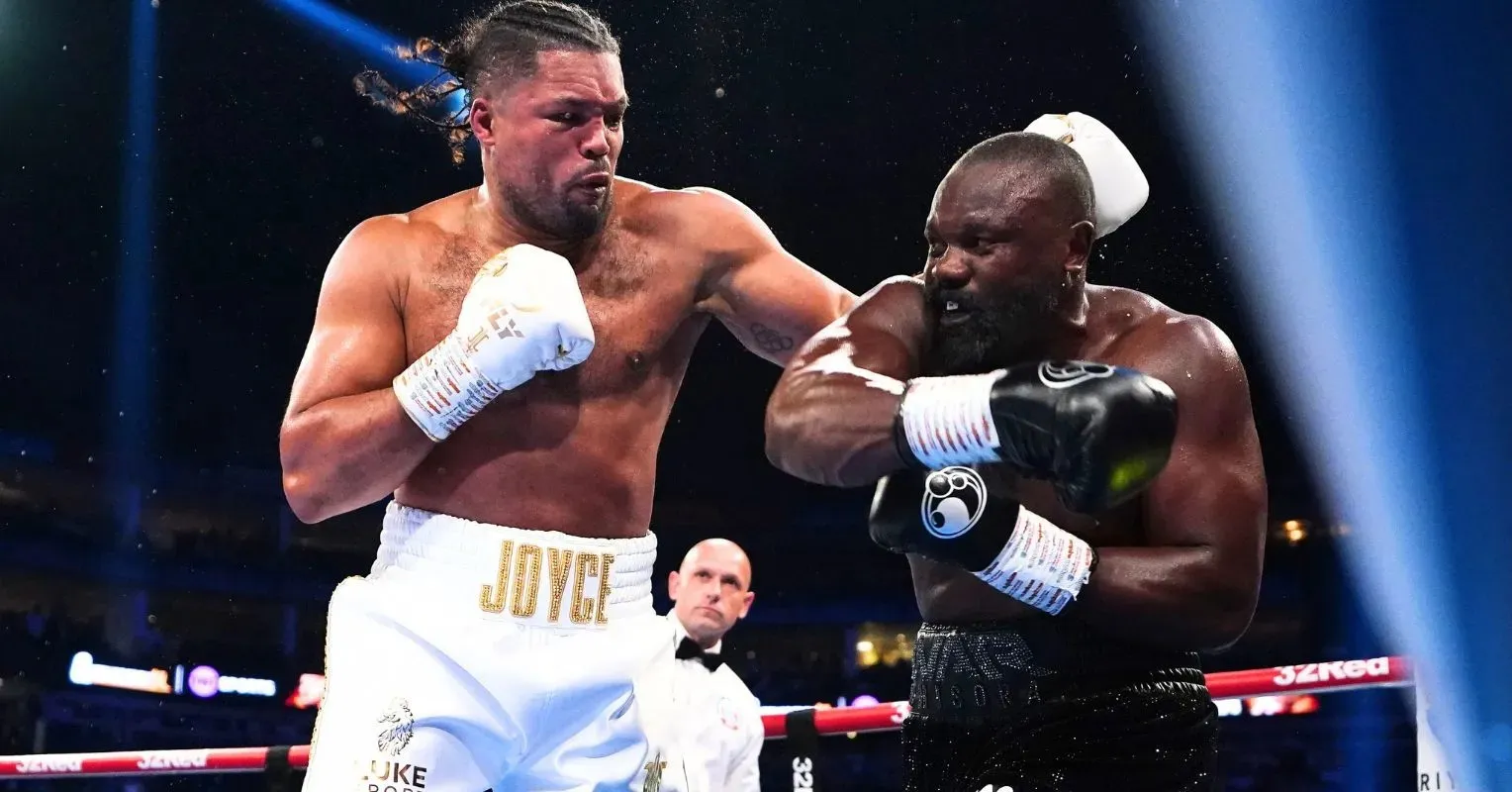
Well, we did. But not in 50 years, but in a few months. Not since the hot dawn over the Philippines on October 1, 1975, when Muhammad Ali and Joe Frazier reached the pinnacle of their immortal trilogy.
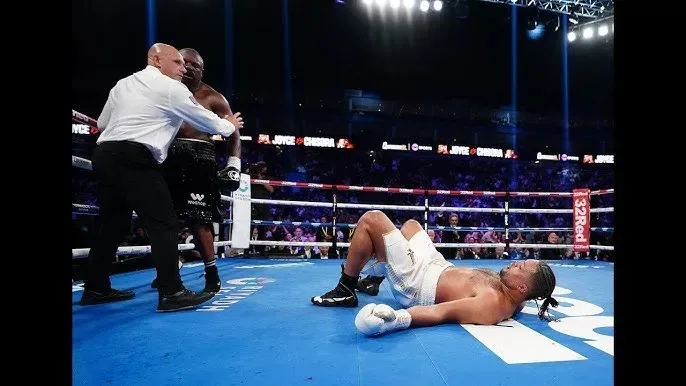
Not since the terrible morning when Smokin’ Joe was stopped by Eddie Futch in the 15th and final round. A ban for which Frazier would never forgive his trainer, who, despite being swollen-eyed and nearly blind, shouted: ‘I can find him with my fists.’
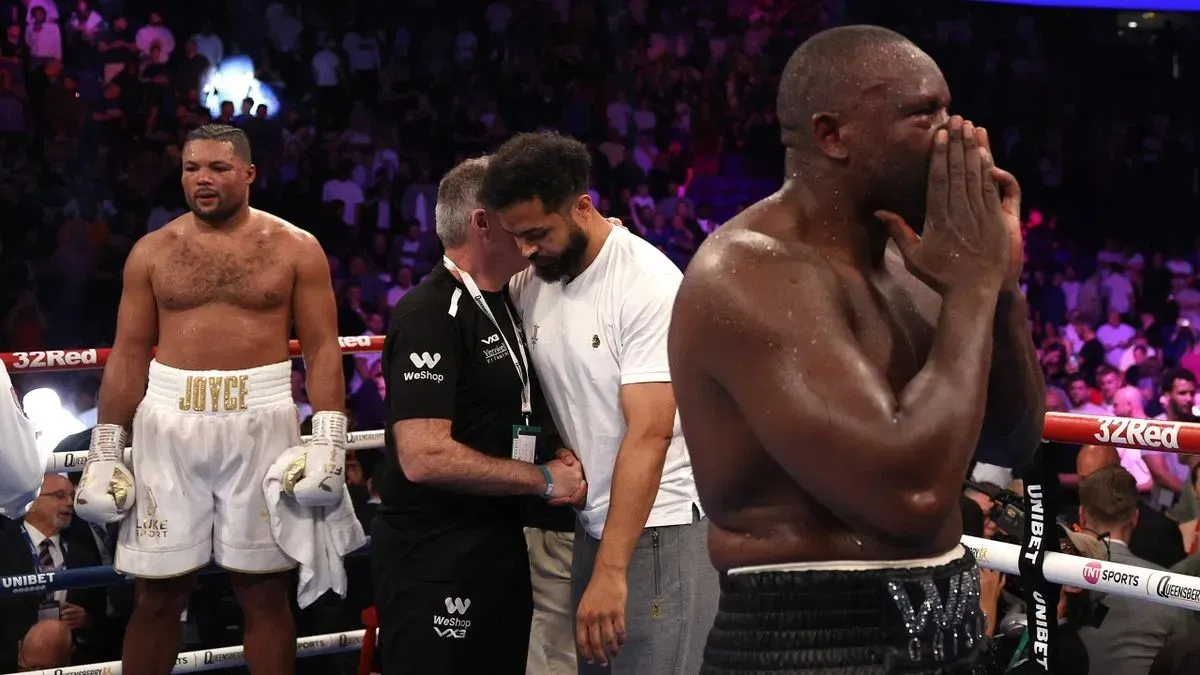
Not since The Greatest was saved from relinquishing his world heavyweight throne by mere seconds when trainer Angelo Dundee delayed complying with the order to cut off his gloves long enough for Futch to knock him out and retire. Ali said: ‘That was the closest I’ve ever come to dying.’
Chisora and Joyce can’t claim to be that great, but they deserved credit for their partnership in 2002. From the first second to the final bell, they hit each other with more sledgehammers than a week of roadworks in London. It was a miracle that both were still standing when the ten rounds were agreed upon. Those heavy heads bounced like boulders from shoulder to shoulder. Sweat streamed down the ring. Internal organs groaned under the pounding of those giant bodies. Del Boy – or War as Chisora later preferred to be called – landed more blows and with it the decision. Not to mention Juggernaut Joe didn’t even try to block or dodge the punches. Neither did the Ultimate Warriors. For us, their head-on collision will be unforgettable. For them, who knows how quickly they will forget. Brain scans are unlikely to show good results. That they will continue to do this to others and to themselves, now that they have relapsed.
Chisora, 40, has promised to retire after this “farewell dance”. Joyce, 38, has been telling us for two years that he knows he is taking more punishment than is good for the long-term health of any Homo Sapien. Now Chisora has announced he wants to keep fighting until his 50th birthday, continuing with fights in Manchester this December and in his African birthplace of Zimbabwe next year. The cheers. Now Joyce asks the crowd: ‘Do you want to see more of me?’ Again, the cheers. It is the drug-like addiction real fighters get from being in the spotlight, the drama, the bloody sawdust, the turpentine, the thrill and danger, the roar of the crowd. Should they be saved from themselves? Yes, this mano-a-mano brutality is legalised violence. Although in its barbarity it will delight audiences at the Colosseum.
Here, in the 21st century, Chisora was given the thumbs up by the judges, who were dressed in white robes but black suits. Not just because he scored the only knockdown, a right hand from deep in a Joyce attack in the ninth round.

